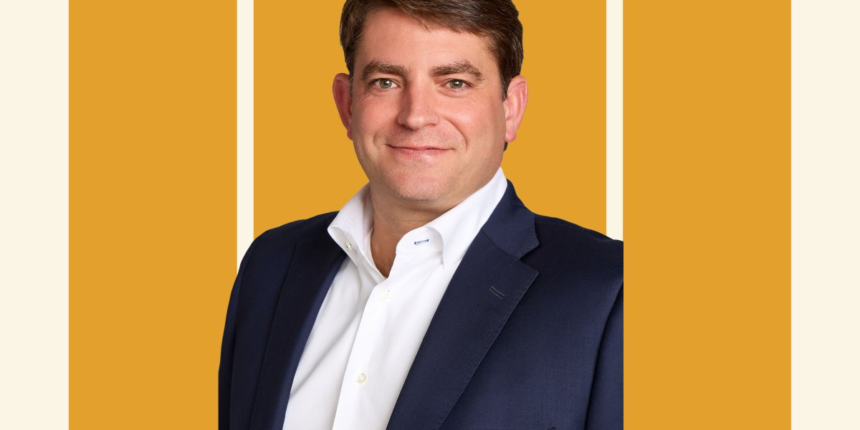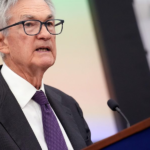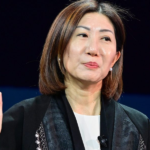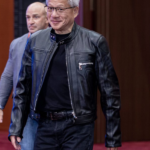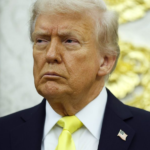Brian Dykes, CFO of UPS since July 2024, first joined the company as an intern in 1999. I spoke with Dykes about strategy and his front-row perspective on the company’s evolution as a public business.
“We’re transforming our U.S. operations to focus on the market segments where we can add the most value,” Dykes told me. That means shifting away from low-return, capital-intensive volume and doubling down on higher-margin areas like small and midsized businesses, health care logistics, and B2B delivery.
The recent UPS decision to halve its Amazon delivery volume by late 2026—after nearly 30 years of partnership—marks a major strategic shift. “I’ve worked with Amazon for over a decade,” Dykes said. “Over time, our strategies diverged, which caused us to step back and ask where we truly add value.”
Amazon built fulfillment centers optimized for short-haul, last-mile delivery, while the UPS network is designed for long-haul and complex logistics. Amazon will remain a key customer in areas where UPS adds value—like returns and international services, he said.
Even as UPS winds down some Amazon volume, the share it continues to handle has grown, Dykes noted. “Amazon is so large—it’s not like the average customer,” he said.
As part of this realignment, UPS cut about 34,000 operational positions in 2025, largely through attrition and targeted buyouts. Most cuts affected part-time roles, though the company also offered voluntary packages to drivers, Dykes said. As part of its turnaround strategy, the company also closed operations at 93 facilities and eliminated 14,000 management jobs.
Does he think UPS is ready for the holiday season? “Peak season is like our Super Bowl,” Dykes said. Because UPS is handling less of Amazon’s volume, it doesn’t need as much extra capacity or as many seasonal hires, he said. UPS expects a 20% volume increase from Q3 to Q4—roughly 4 million additional packages a day—consistent with recent years, Dykes said.
In our conversation about strategy, Dykes noted that UPS’s health care focus predates the pandemic. He helped build this vertical through targeted acquisitions, citing cold chain logistics (a temperature-controlled supply chain), quality assurance, and regulatory oversight as differentiators, and leveraging automation and AI for efficiency.
“Since 2016, we’ve grown that business from kind of zero to a $10 billion business across UPS,” he said. Health care customers stay longer, grow faster, and the margins are higher, Dykes said, which he believes is a winning formula—even through economic or tariff disruptions.
Dykes said he benefits from Tomé’s leadership because “she pushes our entire leadership team to be better.”
“Part of me taking the job,” he added, “was the understanding that sometimes I’d have to be the one to push back—and we have that healthy tension. But at the same time, she’s made me a much better executive than I was when I started.”
***Upcoming Event: Join us for our next Emerging CFO webinar, Optimizing for a Human-Machine Workforce, presented in partnership with Workday, on Nov. 13 from 11 a.m. to 12 p.m. ET.
We’ll explore how leading CFOs are rethinking the future of work in the age of agentic AI—including when to deploy AI agents to accelerate automation, how to balance ROI tradeoffs between human and digital talent, and the upskilling strategies CFOs are applying to optimize their workforces for the future.


